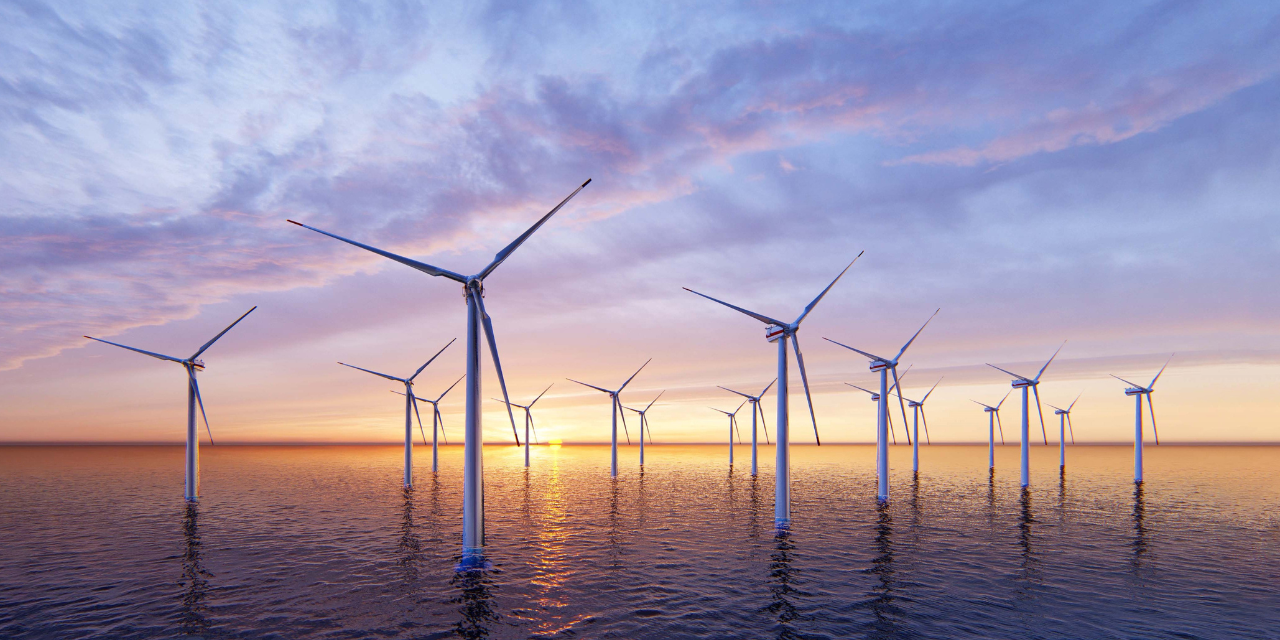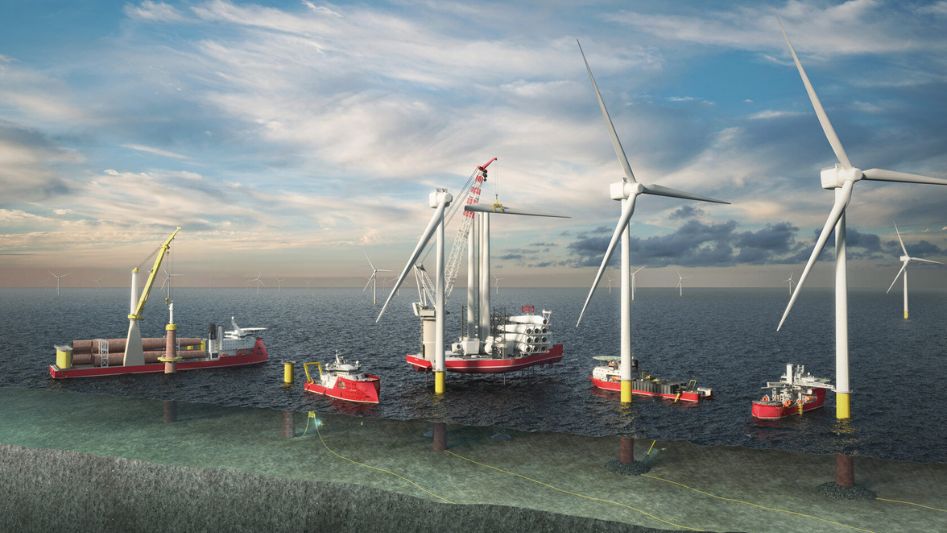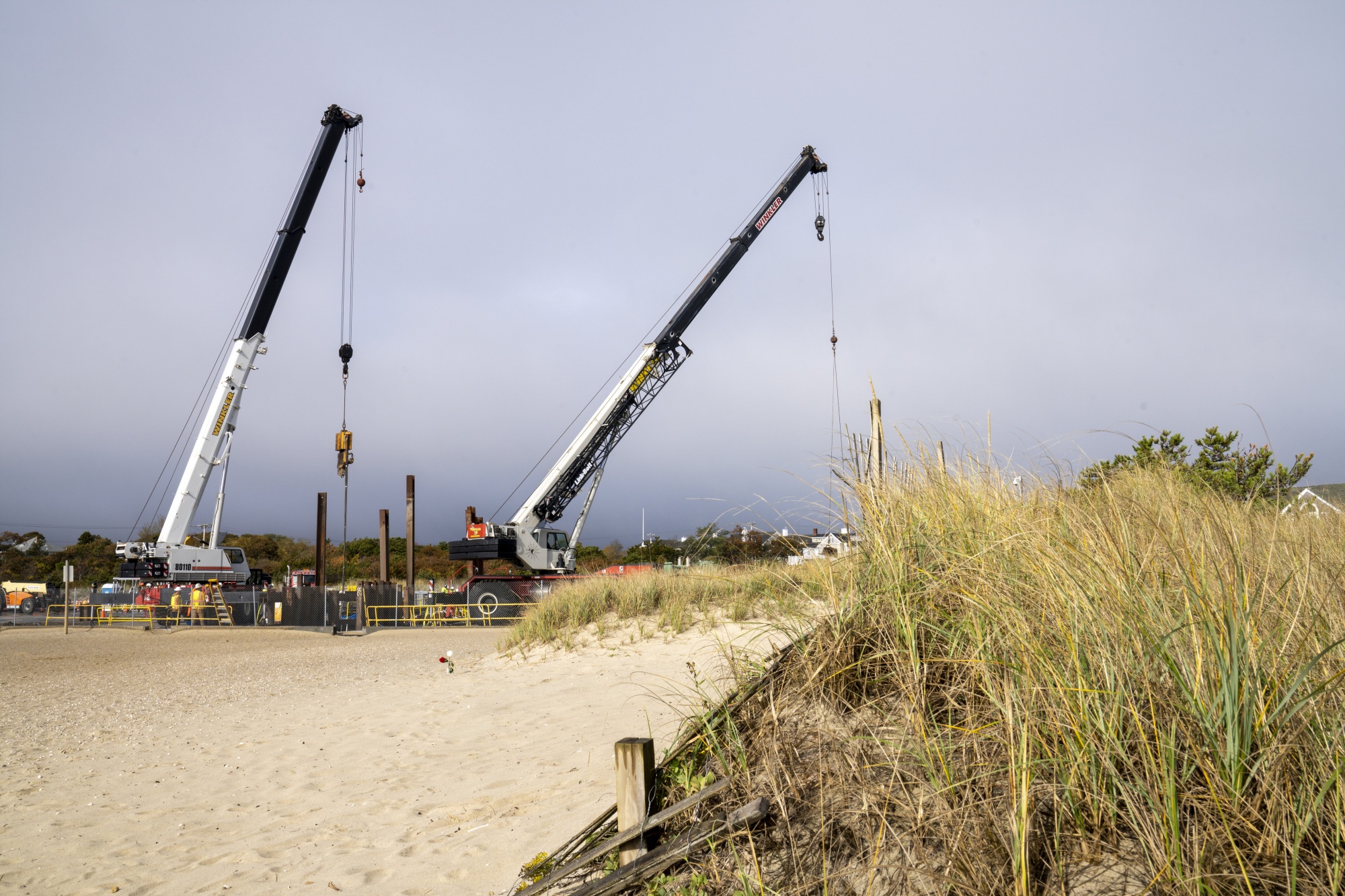Introduction:
Offshore wind energy holds immense promise as a clean, renewable resource capable of meeting a significant portion of global energy demand. As nations intensify efforts to transition towards sustainable energy sources, the development of offshore wind farms has gained traction as a key strategy for decarbonizing electricity generation. However, while offshore wind presents vast opportunities for clean energy production, its construction poses unique challenges that must be addressed to unlock its full potential. In this blog, we delve into the multifaceted landscape of offshore wind farm construction, exploring the hurdles to overcome and the opportunities to seize in harnessing this abundant renewable energy source.
Challenges in Offshore Wind Farm Construction:
1. Harsh Marine Environment:
Offshore wind farms are subject to extreme weather conditions, including high winds, waves, and corrosive saltwater environments. These conditions pose challenges for construction activities, maintenance operations, and the longevity of offshore wind infrastructure.
2. Complex Logistics:
The logistics of transporting equipment, materials, and personnel to offshore wind sites present logistical challenges that can impede construction progress. Limited access to remote offshore locations, unpredictable weather patterns, and the need for specialized vessels and equipment contribute to logistical complexities and project delays.
3. Foundation Design and Installation:
The design and installation of foundations for offshore wind turbines require meticulous planning and engineering expertise. Challenges such as seabed conditions, water depth, and geological uncertainties can influence foundation selection and installation methods, impacting project feasibility and cost.
4. Offshore Installation and Maintenance:
Offshore wind turbine installation and maintenance operations entail significant technical complexity and logistical coordination. Accessing offshore sites, transporting components, and conducting maintenance activities in offshore environments pose operational challenges that require specialized equipment, skilled personnel, and adherence to strict safety protocols.
5. Regulatory and Permitting Hurdles:
Offshore wind farm development is subject to regulatory requirements and permitting processes that vary across jurisdictions. Obtaining necessary approvals, permits, and environmental assessments can be time-consuming and resource-intensive, leading to project delays and cost overruns.
Opportunities in Offshore Wind Farm Construction:
1. Technological Innovation:
Advances in wind turbine technology, foundation design, and installation techniques are driving efficiency gains and cost reductions in offshore wind farm construction. Innovations such as floating offshore wind platforms, advanced composite materials, and autonomous maintenance robots hold promise for overcoming technical challenges and expanding the geographic reach of offshore wind development.
2. Supply Chain Localization:
Localization of the offshore wind supply chain can enhance project resilience, reduce dependency on foreign imports, and stimulate local economic development. By fostering domestic manufacturing, fabrication, and assembly capabilities, countries can create jobs, build expertise, and capture value from the burgeoning offshore wind market.
3. Collaboration and Knowledge Sharing:
Collaboration among industry stakeholders, government agencies, research institutions, and community stakeholders is essential for overcoming shared challenges and maximizing the benefits of offshore wind development. Knowledge sharing, best practice dissemination, and collaborative research initiatives can accelerate technology innovation, streamline regulatory processes, and promote sustainable offshore wind development.
4. Market Expansion and Cost Reduction:
The rapid growth of the global offshore wind market presents opportunities for economies of scale, cost reduction, and market competitiveness. Continued investment in offshore wind infrastructure, grid integration, and research and development can drive down costs, improve performance, and position offshore wind as a cost-effective energy solution.
Conclusion:





